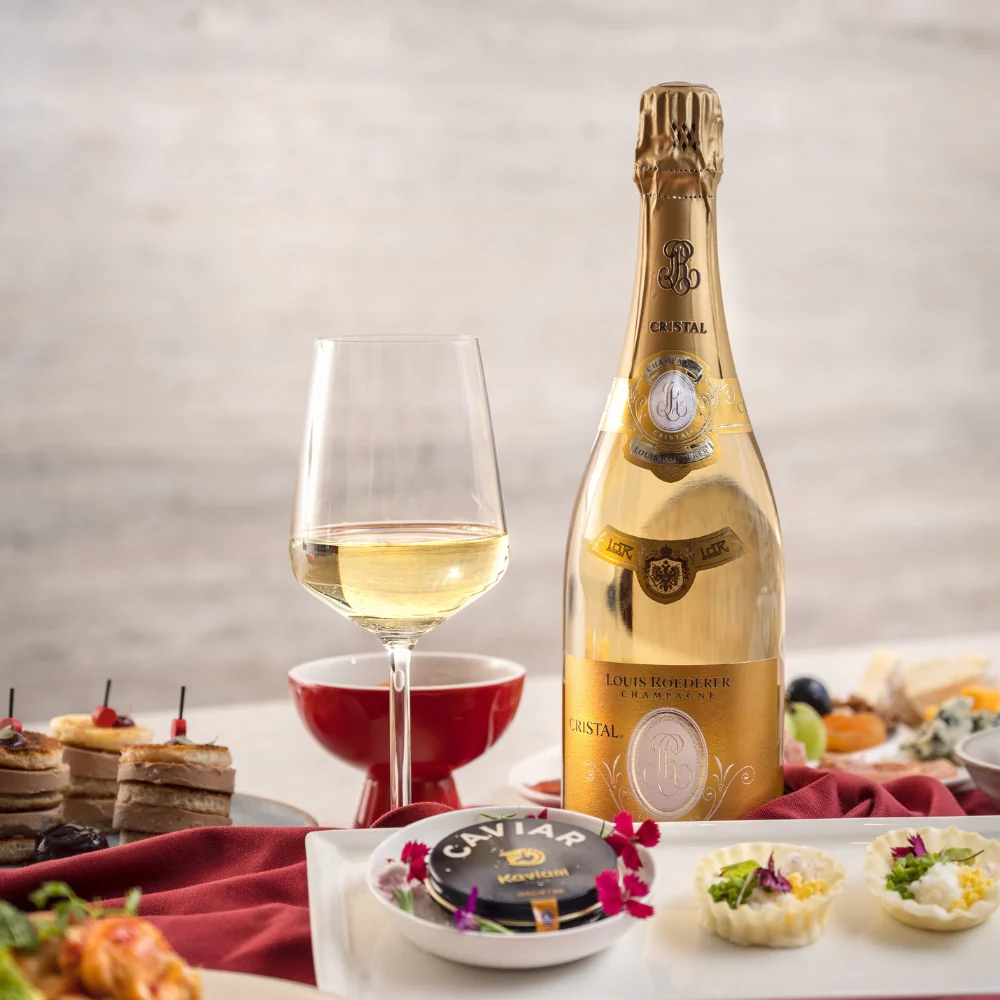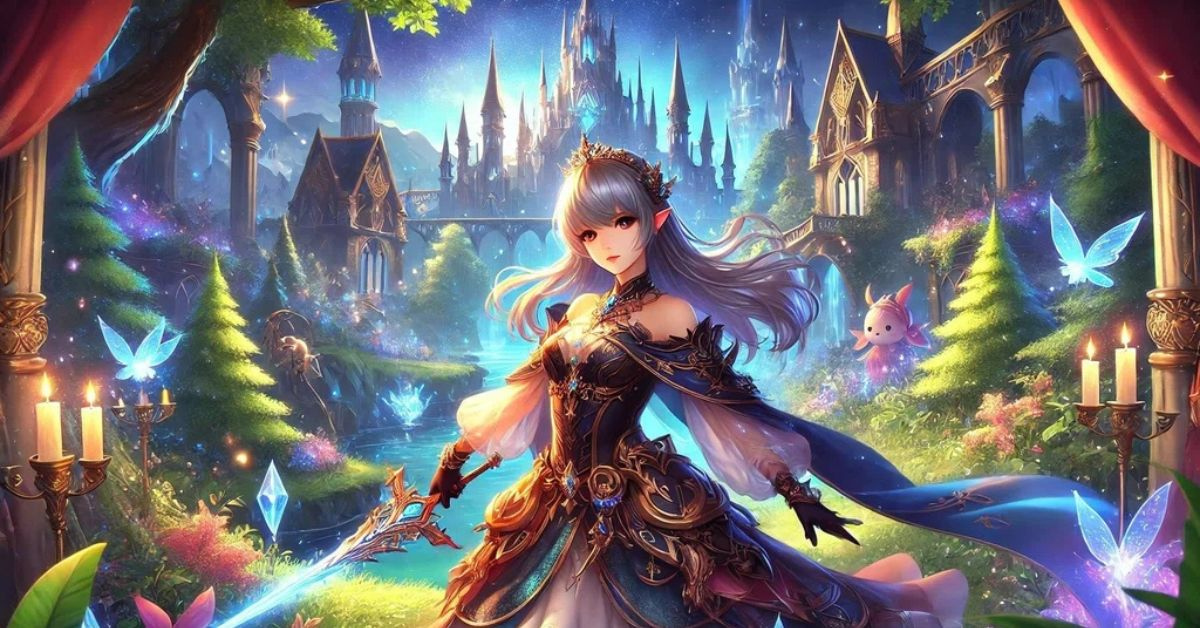When it comes to luxury beverages, few names resonate as powerfully as Cristal. Synonymous with opulence, elegance, and exclusivity, Cristal is a brand of champagne that has transcended its status as a mere drink to become a cultural symbol of success and sophistication. While its association with wealth and prestige is well-known, there is much more to Cristal than its high price tag and sparkling effervescence. The story of Cristal is one of tradition, innovation, and an enduring commitment to quality.
The Origins of Cristal
Cristal’s story begins in 1833 when the Louis Roederer champagne house was founded in Reims, France. The Roederer family built their reputation on creating high-quality champagnes with a unique character, standing apart from other producers by maintaining strict control over their vineyards and winemaking process. The careful attention to every step of production helped Roederer establish itself as one of the most respected names in the industry.
However, the defining moment for Cristal came in 1876, when Tsar Alexander II of Russia requested a special champagne that would be created exclusively for his court. The tsar was a devoted champagne lover but, due to political unrest and assassination attempts, he wanted a champagne that was not only luxurious but also served in a transparent bottle to ensure there were no hidden explosives. In response, Louis Roederer produced a unique champagne, housed in a clear, flat-bottomed crystal bottle, from which the brand derived its name: Cristal.
The tsar’s endorsement propelled Cristal into the annals of luxury history, and from that point on, it was recognized as a drink reserved for royalty and the elite. While the Russian Revolution eventually brought an end to the tsarist dynasty, Cristal’s legacy continued to grow, evolving into a globally renowned symbol of wealth and taste.
The Craftsmanship Behind Cristal
What sets Cristal apart from other champagnes isn’t just its association with royalty or its distinctive bottle; it is the meticulous craftsmanship that goes into every bottle. Cristal is produced from a blend of Chardonnay and Pinot Noir grapes, sourced from the finest vineyards in the Champagne region. Roederer owns approximately 240 hectares of vineyards, ensuring the quality of its grapes through rigorous cultivation and selection processes. The use of biodynamic farming practices in recent years further highlights the brand’s commitment to sustainability and maintaining the purity of its product.
The base wines used in Cristal production are fermented in stainless steel tanks, preserving their freshness and brightness. Once the final blend is created, the champagne is aged for six years in the cellars, followed by an additional eight months of rest after disgorgement (the process of removing sediment from the bottle). This extended aging process imparts complexity and depth to the champagne, making it a favorite among connoisseurs for its balance of richness, finesse, and longevity.
One of Cristal’s signature characteristics is its incredible ability to age. Unlike many champagnes, which are best enjoyed within a few years of release, Cristal can continue to evolve and develop for decades, with older vintages being highly sought after by collectors.
The Cristal Experience
Cristal’s reputation is not only built on its taste and quality but also on the experience it provides. From the moment one lays eyes on the elegant, clear bottle wrapped in gold cellophane (a nod to its imperial heritage), it is clear that Cristal is no ordinary champagne. The bottle itself, made from lead-free crystal, is a work of art, designed to showcase the wine’s brilliance and clarity. The clear bottle and flat bottom, a design originally created for the tsar, remain iconic to this day.
Pouring Cristal is an occasion in itself. Its golden hue, fine bubbles, and distinctive bouquet of citrus, white flowers, and lightly toasted nuts tantalize the senses, while the first sip reveals a delicate balance of freshness and creamy texture. Notes of apricot, lemon, and honey mingle with a mineral backbone, leaving a long, satisfying finish. Every glass is an invitation to indulge in the finest that champagne has to offer.
Whether served at an exclusive party, a wedding, or a Michelin-starred restaurant, Cristal elevates the occasion. It’s not merely a drink; it’s a statement. To drink Cristal is to partake in a tradition of luxury that dates back centuries, connecting the modern connoisseur with the Russian tsars and European aristocrats who first embraced it.
The Cultural Impact of Cristal
In addition to its historical roots and renowned craftsmanship, Cristal has also permeated popular culture, becoming a symbol of extravagance and success. Nowhere has this been more apparent than in the world of hip-hop. During the 1990s and early 2000s, Cristal became synonymous with the lifestyle of wealthy rappers and celebrities, frequently mentioned in songs and featured at lavish parties. Artists such as Jay-Z, P. Diddy, and Biggie Smalls helped propel Cristal into the mainstream, cementing its status as a status symbol.
However, Cristal’s place in hip-hop culture has not been without controversy. In a 2006 interview, Frederic Rouzaud, the managing director of Louis Roederer, made comments that were perceived as dismissive of the brand’s popularity in the hip-hop community. In response, Jay-Z famously boycotted the brand and launched his own line of luxury champagne, Armand de Brignac, further intensifying the conversation about the relationship between luxury brands and their consumer base.
Despite the controversy, Cristal has maintained its allure and remains one of the most coveted champagnes in the world. Its association with success, wealth, and refinement has transcended the world of music and entertainment, making it a staple at high-end events, luxury hotels, and private collections around the world.
The Future of Cristal
As one of the world’s premier champagne brands, Cristal is constantly evolving to meet the demands of modern consumers while staying true to its heritage. With a growing focus on sustainability, Louis Roederer has implemented environmentally friendly practices in the vineyards, such as eliminating the use of herbicides and adopting biodynamic farming techniques. These efforts not only enhance the quality of the grapes but also ensure that Cristal continues to be a leader in the champagne industry for generations to come.
Furthermore, as the global appreciation for fine wines and luxury beverages continues to grow, Cristal is poised to maintain its relevance in a changing market. Its legacy, built on centuries of tradition, craftsmanship, and exclusivity, ensures that it will remain a symbol of celebration and refinement, appealing to a new generation of collectors and connoisseurs.
Conclusion
Cristal is more than just a champagne; it is a cultural icon, a testament to the art of winemaking, and a symbol of luxury that transcends time. From its creation for Russian royalty to its status as a global emblem of wealth and success, Cristal has remained at the pinnacle of the champagne world. Each bottle represents a delicate balance of tradition and innovation, offering an unforgettable experience that continues to captivate those who seek the very best.







